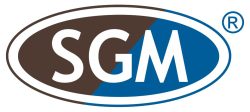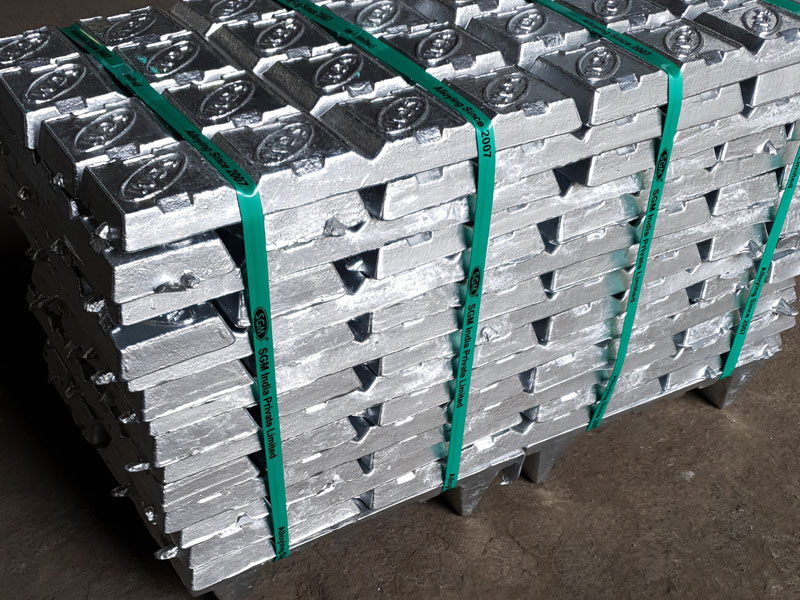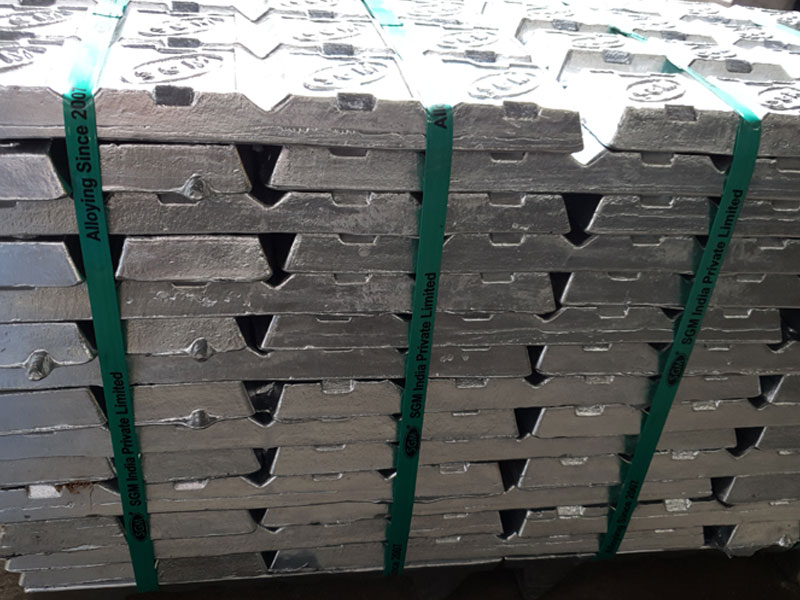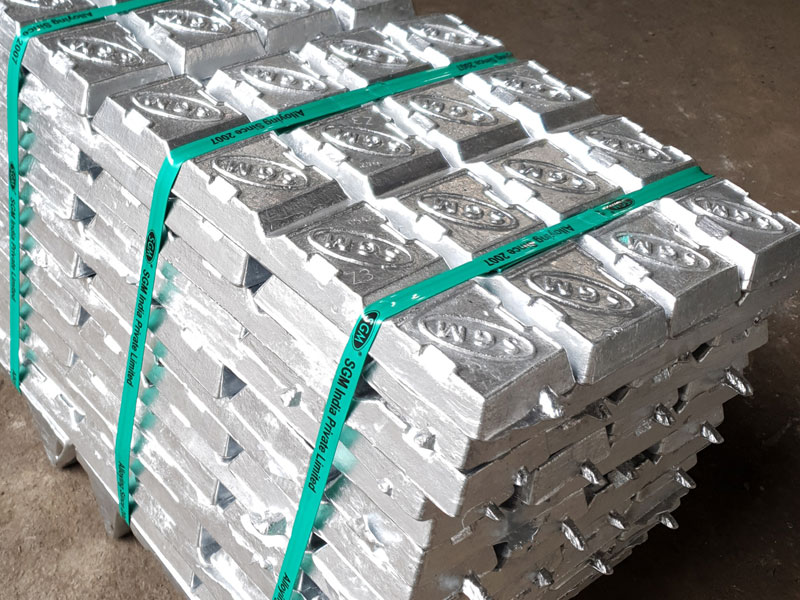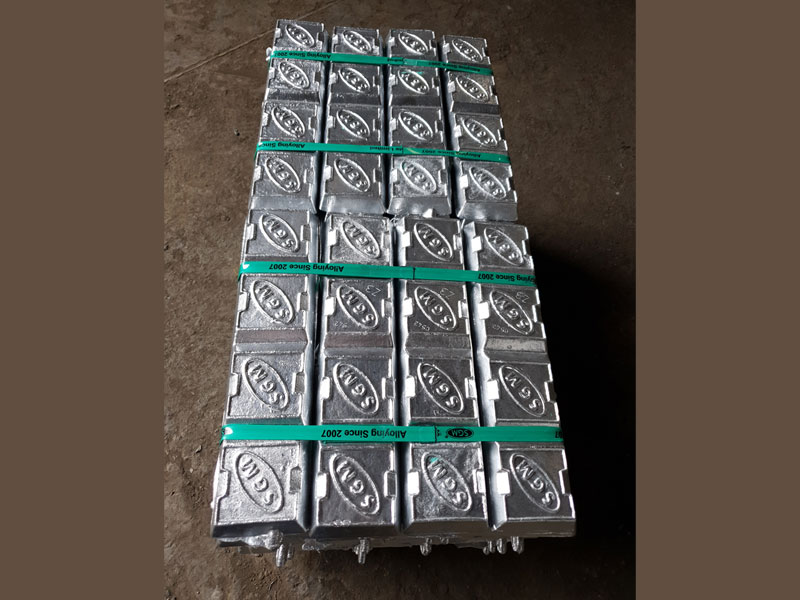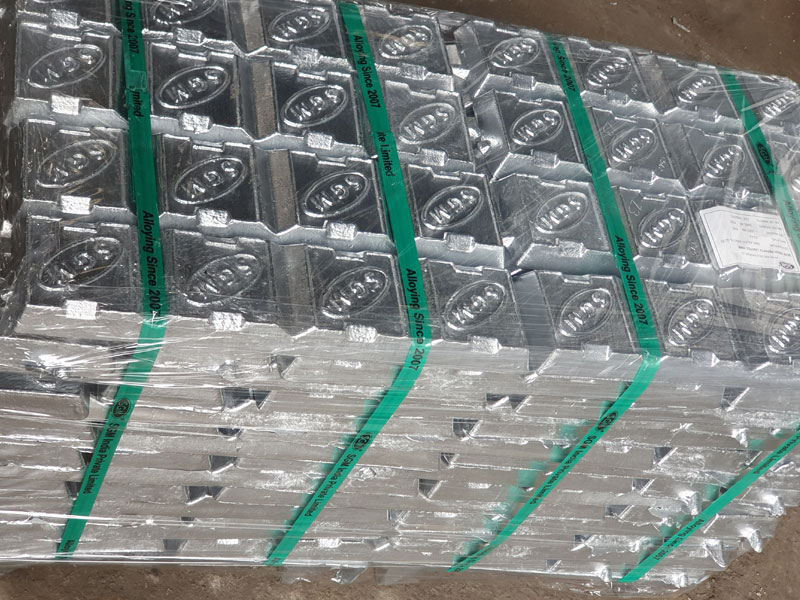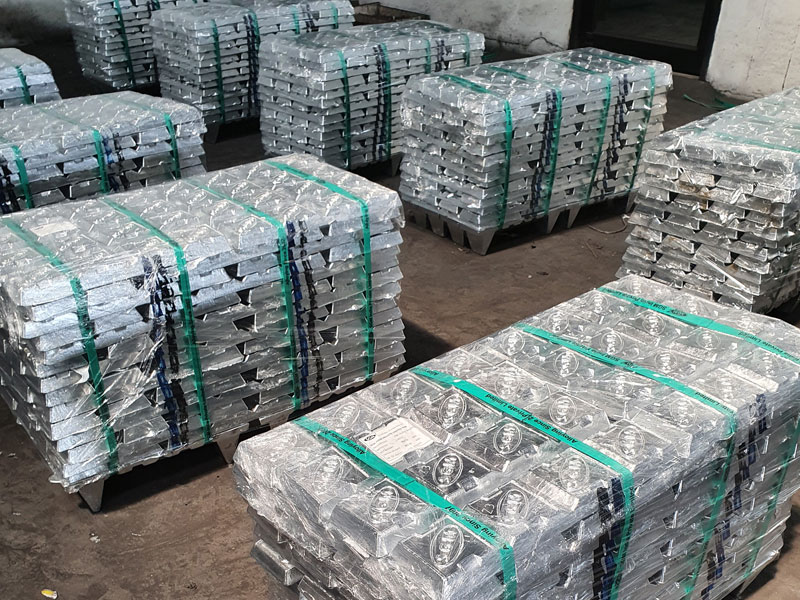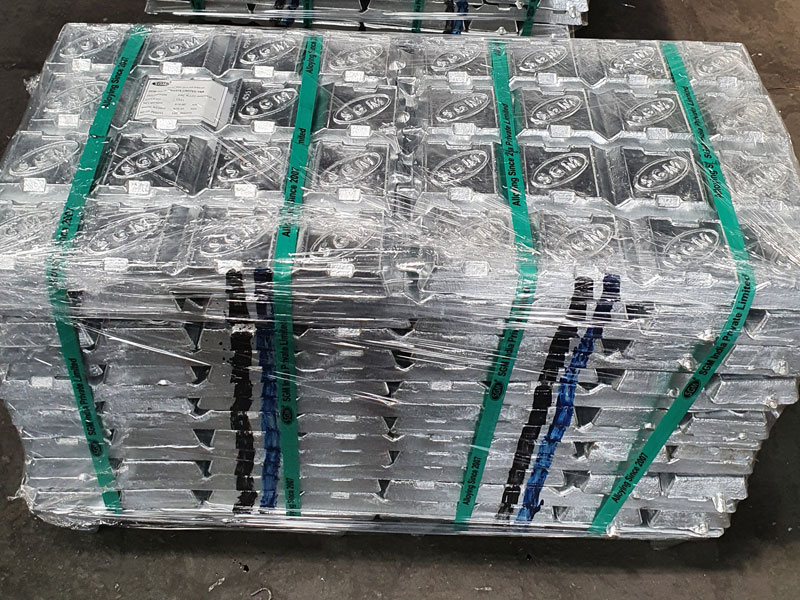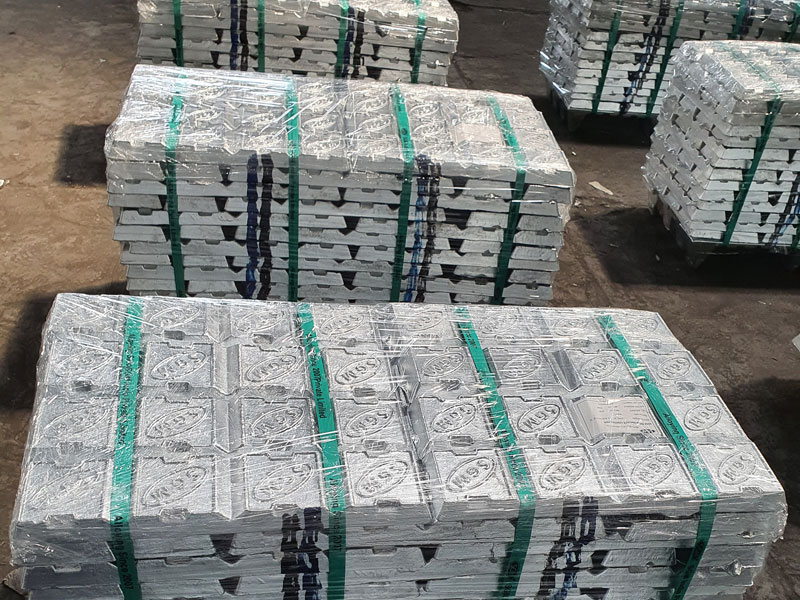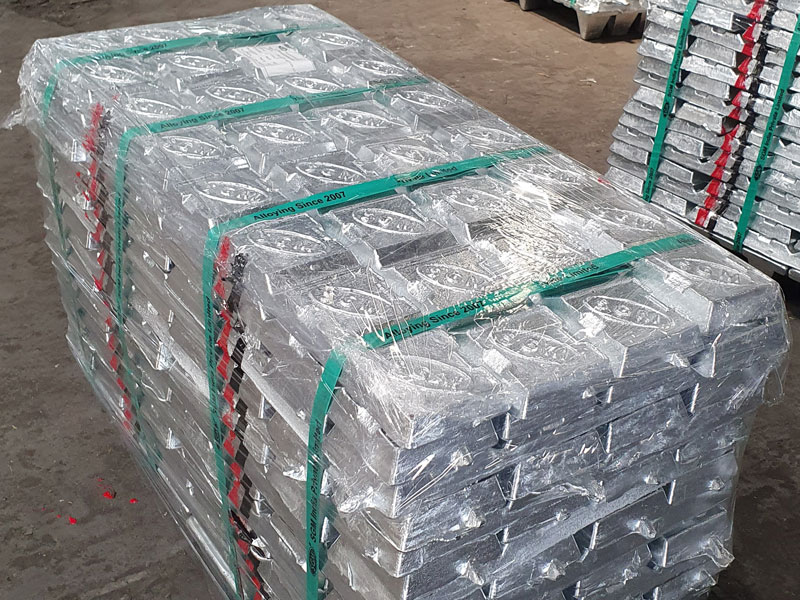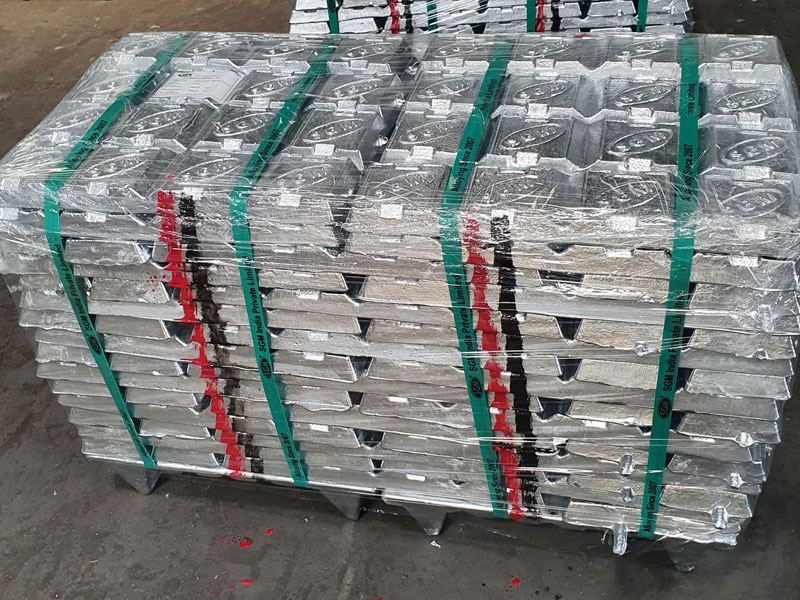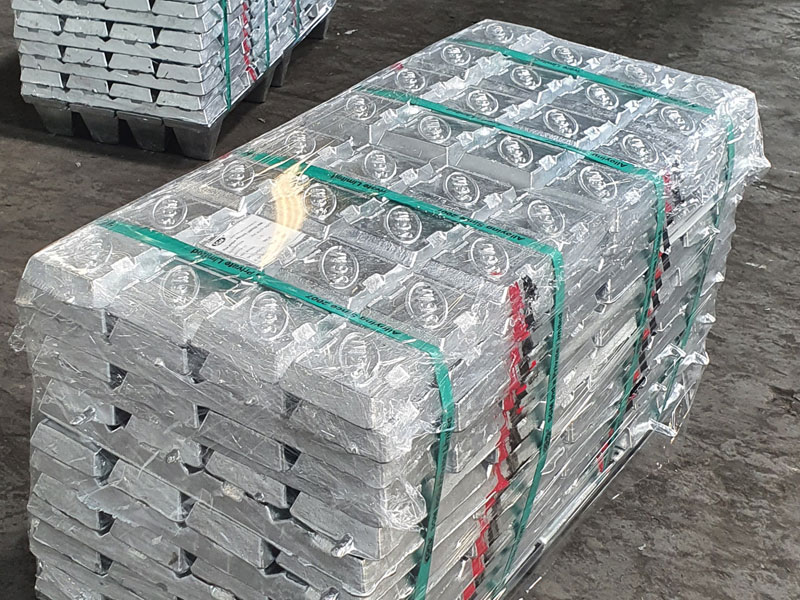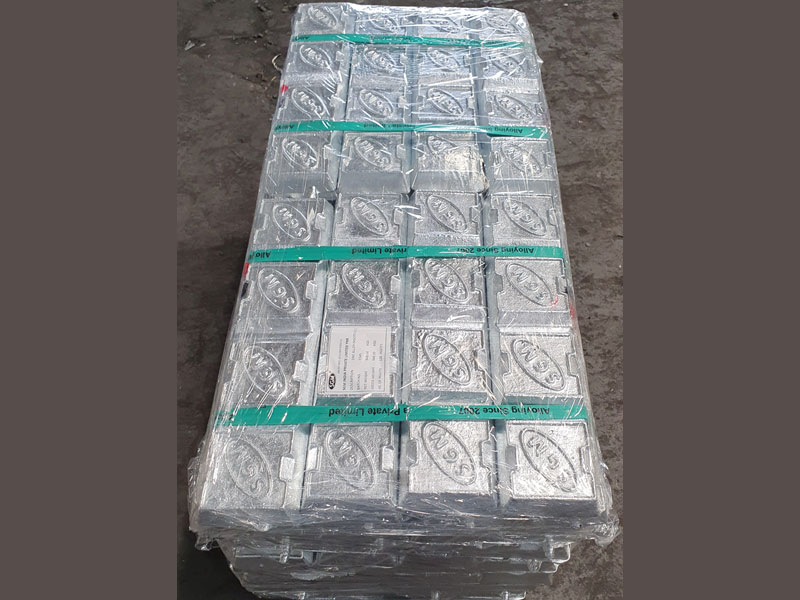Die Casting Alloys
The ZA 8, or zinc aluminum alloy contains significantly more aluminum than the Zamak group of alloys with the numerical designation representing the approximate percentage of aluminum.
ZA 8 was originally developed as a permanent mold alloy having excellent finishing and plating characteristics. It is particularly suitable for decorative applications. Although this alloy does not exhibit quite as good casting characteristics as the other zinc alloys, it offers significantly improved strength, hardness and creep properties. In terms of mechanical performance, this alloy has the highest creep strength of any zinc alloy and the highest strength of any hot-chamber die cast zinc alloy. ZA 8 contains approximately 8.4% aluminum and is the only ZA alloy that can be hot-chamber die cast, an important consideration when selecting a material for a component.
Designers of structural components should be aware of the creep limitations of zinc alloys, which do not have a single value for elastic modulus or yield strength. Yield strength (allowable stress) under sustained loading is dependent on the allowable design strain (% elongation) over the required service life. Standard engineering formulae used for calculating cross-sections of elastic materials must therefore be used with some caution.
Zinc Alloy 2, also known as Kirksite or Zamak 2, is the only zinc alloy used for gravity casting, mainly for metal forming dies or plastic injection tools. For die casting, this alloy offers the highest strength and hardness of the Zamak family. However, due to the high copper content, changes to the material properties occur with long-term aging. This alloy exhibits excellent casting characteristics, Its creep performance is rated higher than the other zinc alloys and it maintains higher strength and hardness levels after long-term aging.
This alloy exhibits excellent damping capacity and vibration attenuation in comparison with aluminum die casting alloys.
Zamak 3, or Zinc Alloy 3, is usually the first choice when considering zinc for die casting. It is the most widely used zinc alloy in North America. Its excellent balance of desirable physical and mechanical properties, superb castability and long-term dimensional stability are the reasons why most die castings are made from this alloy. Zamak 3 also offers excellent finishing characteristics for plating, painting and chromate treatments. In terms of die casting, it is the standard by which other zinc alloys are rated. Where higher strength is required, consider the other zinc alloys.
Zamak 5 Alloy, or Zinc Alloy 5, is the most widely used zinc alloy in Europe, with its higher copper content resulting in higher strength and increased hardness at the expense of some loss of ductility (increased elongation) compared to Alloy 3. This reduction in ductility can affect formability during secondary operations such as bending, riveting, swaging or crimping operations and should be carefully considered by the designer. Because of the wide availability of Alloy 3, component engineers often strengthen components by design modifications instead of using Zamak 5. However, when a measure of tensile performance is needed, alloy 5 castings are recommended. This alloy is readily plated, finished and machined, comparable to alloy 3.
This is an alloy researched and developed by General Motors, which exhibits greatly improved strength, hardness and creep performance due to the high copper and low aluminum contents. AlCuZinc5, or zinc copper aluminum alloy, also has excellent bearing properties.
